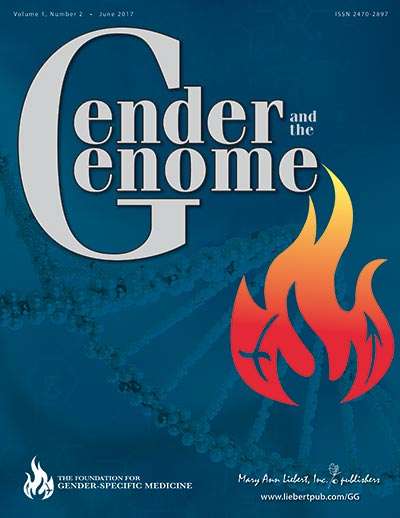Credit: Mary Ann Liebert, Inc., publishers
The National Institutes of Health (NIH) instituted a policy that now expects sex to be considered as a variable, much like a subject's age or weight, in the biomedical research it funds, but researchers appear unclear what this should entail. How to take into consideration the potential influence of sex and how to ensure that it is a critical element of study design and results interpretation are the focus of an article published in Gender and the Genome.
In the article "Considering Sex as a Biological Variable in Biomedical Research," coauthors Terri Lynn Cornelison, MD, PhD and Janine Austin Clayton, MD, National Institutes of Health, Bethesda, MD, provide specific recommendations for how biomedical researchers can incorporate sex into their experimental design, data analysis, and publication of findings. Among their recommendations, the authors advise investigators to consider the influence of sex when developing research questions, design studies that include both male and female subjects, and take care to generalize research findings appropriately.
"This paper answers many of the questions investigators have about implementing the NIH mandate to include both sexes in biomedical research protocols. These clear guidelines are very helpful. One of the most important points is that the increased cost of studying both sexes is insufficient justification for not doing so," says Gender and the Genome Editor-in-Chief Marianne J. Legato, MD, PhD (hon. c.), FACP, Emerita Professor of Clinical Medicine, Columbia University, Adjunct Professor of Medicine, Johns Hopkins University, and Founder and Director of the Foundation for Gender-Specific Medicine.
More information: Terri Lynn Cornelison et al, Considering Sex as a Biological Variable in Biomedical Research, Gender and the Genome (2017). DOI: 10.1089/gg.2017.0006
Provided by Mary Ann Liebert, Inc






















